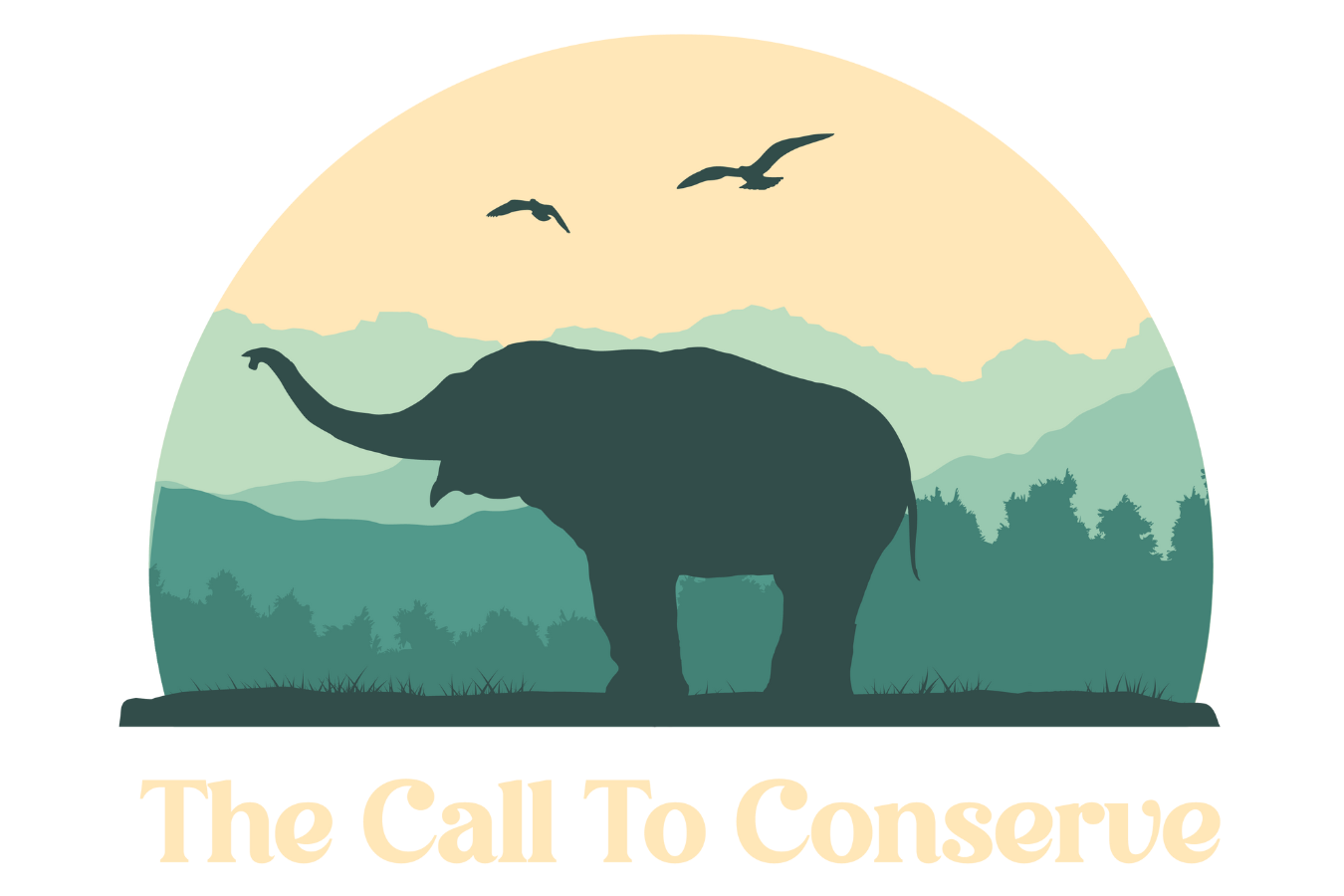Good News for Elephants
Source: White Oak Conservation Facebook
World Elephant Day was on August 12th and this year’s theme was: the importance of elephants in our ecosystem. This year there have been several efforts to conserve and protect elephants to benefit their native ecosystem for maintaining biodiversity and wildlife welfare.
So to celebrate World Elephant Day, let’s review some of the fantastic projects that mean good news for the elephant populations around the world. While the elephant population in Asia continues to decrease, and poaching remains a big problem in Africa, there are positives to note. The biggest positive is the effort being made worldwide to keep these amazing animals roaming the earth.
There are committed people and organizations all around the world working hard to conserve and protect elephants. Some are working for better welfare, others are putting an end to trafficking, and many are protecting the gentle giants from poachers. These efforts have accomplished incredible things, and without them, who knows what the state of the elephant population would be today.
Because of these global efforts, I can share with you some good news for elephants, starting with…
A New Elephant Sanctuary in The US
The White Oak Conservation Refuge provides a new home to 35 former circus elephants in the United States. The elephants from Barnum & Bailey and The Ringling Bros circuses were placed in a subpar facility years ago when the circuses shut down. This left the elephants in a poor welfare situation for several years where disease spread was prevalent, and space was limited. That came to an end this year when they were brought onto the 2500-acre refuge in Florida.
This new habitat offers 11 waterholes as well as wetlands, forests, and grasslands for the herd to roam. Now the elephants have plenty of space to explore, socialize, and exhibit their natural behaviors. This improves their welfare and will be beneficial for their overall physical health. This new refuge is a step in the right direction for retired circus elephants in North America!
Check out the full video of the property here!
African Elephant Re-Wilding Project
© Danielle Carnahan
The Aspinall Foundation is transporting 13 elephants from Howletts Wild Animal Park in southern England to Kenya to be released back into the wild. This project has many potential risks as it will not be an easy journey for these elephants to fly over 7,000 km; however, if successful, it could have many positive outcomes.
The African elephant is a keystone species, meaning other species rely heavily on them. With the removal of a keystone species from their native environment comes an imbalance of predator/prey levels and the collapse of the ecosystem. This is a massive problem for keeping disease spread in check and the overall environment healthy.
With the reintroduction of a new group of elephants comes immeasurable benefits to their native ecosystem. More seeds will be dispursed through the elephant dung, and the land will be more hospitable for new plant growth. This brings more species back to the land, renewing a potentially dying landscape.
Not to mention, if this move is successful, 13 elephants will have improved welfare and the ability to live as free animals. The foundation is already prepared to track and protect the herd from potential poachers to ensure the animals remain safe.
The most significant upside to this kind of project is seeing what’s possible for the future. If the elephants can get flown to Kenya successfully and reintroduced into a wild landscape, this opens up more potential for other projects. This could mean successful repopulation efforts for other wild species if researchers find that the elephants successfully interact and breed with their wild counterparts.
Therefore, although this project is being doubted and disputed by some, it could end up being a breakthrough for wildlife conservation if all goes according to plan.
Moving Forward in Elephant Conservation
To continue supporting elephant conservation, we must continue looking at the bigger picture. It’s so easy to get weighed down by the bad news and individual setbacks; however, the fight isn’t over. As long as we can continue thinking big and making small steps towards larger and healthier elephant populations, we’ll be able to keep elephants in our ecosystem for the foreseeable future.
🐘 We're proud to partner with SafetyWing to provide travel insurance for ethical travelers.
When you use our affiliate link, you’re directly supporting our nonprofit’s work in wildlife welfare and ethical tourism.
Learn More & Get Covered

